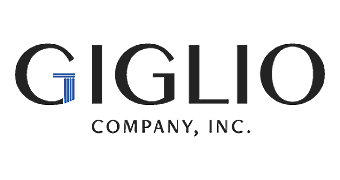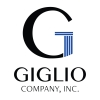Credentialing Yourself…Again
There are so many places through the course of daily life where we have to prove who we are. Just think of the numerous times you are asked to show your credentials before boarding an airplane. Have you ever considered how much you have to show your business credentials throughout your client/customer work? A very successful client often speaks about this for his team of advisers. Throughout his career, he’s honed the skill of credentialing himself.
Let Them Know Who You Are…Again and Again
Showing, even proving, who you are to your client takes the discipline, and humility, to know that it must be done in the first place. My client reasons that if he doesn’t do it… it won’t get done. Credentialing oneself means illustrating through your adviser-like behavior a level of professionalism and focus your competitive set doesn’t present. It means being consummately prepared before a client meeting and understanding how to carry yourself inside every meeting at all times. Client relationships are a series of encounters, like bricks in a building, each one supporting the next. If you stop laying the bricks, no progress is made.
That’s the “why” of credentialing yourself, the “how” of it requires homework.
The Process of Credentialing
As I often put forth, being prepared before a client meeting is step #1 of the process.
Step #2 is framing questions to a client in such a way that they realize how prepared you have come to the meeting and you have a solid understanding of their issues.
This requires us to have:
- deep knowledge of their business
- the desire to capture their precise objective
- an ability to frame what is at stake for them
- the expertise to link how their issues affect their organization
- the skills to craft a solution with a critical path for them to follow
Keeping those skills fresh and present for your clients will keep reminding them of why they engaged you in the first place and that you are developing knowledge specific to their business. Try this process out this month and let me know how it works for you.
-SG
/14

 “Life is either a daring adventure, or nothing.”
“Life is either a daring adventure, or nothing.” On a recent client assignment, I realized my client’s team could greatly increase their resonance with current and prospective clients by changing their conversations with them. Far too often business development consultants and leaders of teams have too many peripheral conversations, not intimate ones. It happens outside of normal business, too.
On a recent client assignment, I realized my client’s team could greatly increase their resonance with current and prospective clients by changing their conversations with them. Far too often business development consultants and leaders of teams have too many peripheral conversations, not intimate ones. It happens outside of normal business, too. Securing new business is always a constant challenge but, during this economic storm, retaining and expanding existing business is even more difficult. Steve Giglio’s sales training programs ensure that your teams are constantly learning about your current clients, anticipating their needs and delivering solutions. After working with Steve, your sales people will be seen as trusted advisors with the ability to close deals more effectively.
Securing new business is always a constant challenge but, during this economic storm, retaining and expanding existing business is even more difficult. Steve Giglio’s sales training programs ensure that your teams are constantly learning about your current clients, anticipating their needs and delivering solutions. After working with Steve, your sales people will be seen as trusted advisors with the ability to close deals more effectively.